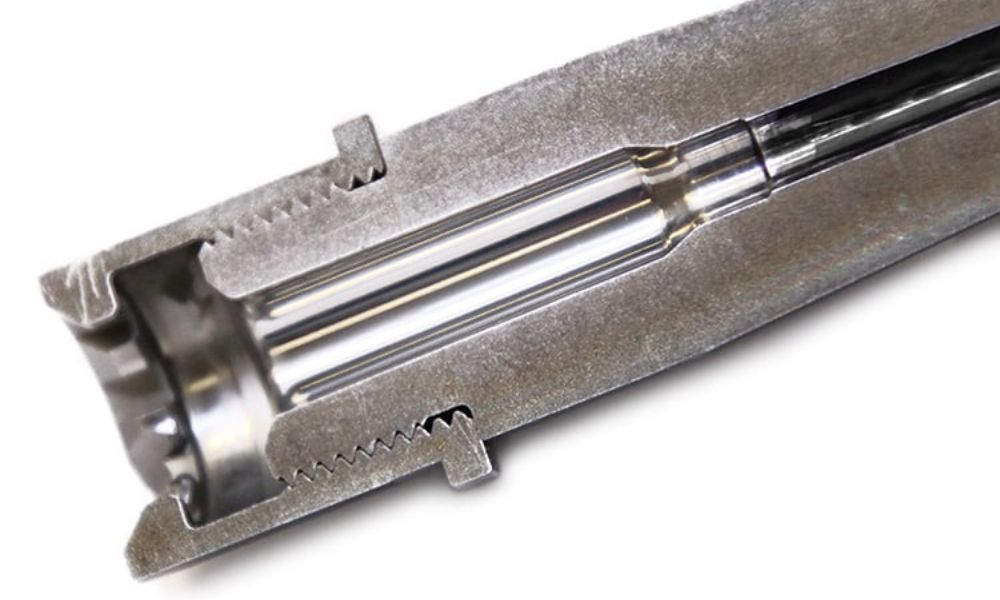Choosing the right air gage for your manufacturing process is crucial to maintaining quality and precision. This essential tool ensures that the production of your parts is as accurate and consistent as possible. To help you make an informed decision before you buy one, we’ve compiled a list of the dos and don’ts of choosing an air gage.
Do: Research Your Application Requirements
Before investing in an air gage, analyze your specific application requirements. This includes considering the materials, the dimensional tolerances of the parts you’re measuring, and the environmental conditions of your manufacturing environment.
For instance, if you’re measuring the precise dimension of a gun barrel, you’ll need a highly sensitive, accurate gun barrel bore gage that can accommodate the tight tolerances of firearm manufacturing.
Don’t: Choose an Air Gage Solely Based on Price
While the cost of an air gage may be a significant factor in your decision, it shouldn’t be the primary criterion. Opting for a cheaper model may save you money upfront but could result in lower-quality measurements and higher maintenance costs in the long run. Instead, strike a balance between cost and quality by evaluating the specifications and features of different models.
Do: Evaluate the Technical Support and Service Offered
Even the highest-quality air gage may require occasional maintenance or repair. Therefore, choose an air gage provider that offers excellent technical support, calibration services, and appropriate warranties. This will ensure you receive prompt assistance and maintain the gage’s performance throughout its lifespan.
Don’t: Overlook the Importance of Operator Training
An air gage is only as precise as the person operating it. Without proper training, operators may misinterpret readings or mistreat the gage, leading to inaccuracies and costly errors. Look for manufacturers that provide comprehensive on-site or online training to ensure your team fully understands how to use and maintain the air gage.
Do: Opt for a Gage with Clear and User-Friendly Displays
Your air gage’s data output and display should be easy to read and understand. A user-friendly display can minimize confusion and operator error. Opt for high-resolution screens and displays that allow users to customize settings according to their preferences.
Don’t: Neglect Compatibility and Integration Possibilities
If you’re implementing an air gage into an existing system, consider compatibility and integration possibilities. Will the air gage work seamlessly with your current machinery, software, and quality management protocols? Ensuring proper compatibility will save time and minimize potential issues during implementation.
By considering these dos and don’ts of choosing an air gage, you’re better equipped to choose the most suitable one for your manufacturing process. Be sure to keep these tips in mind as you evaluate your options and make a decision.

